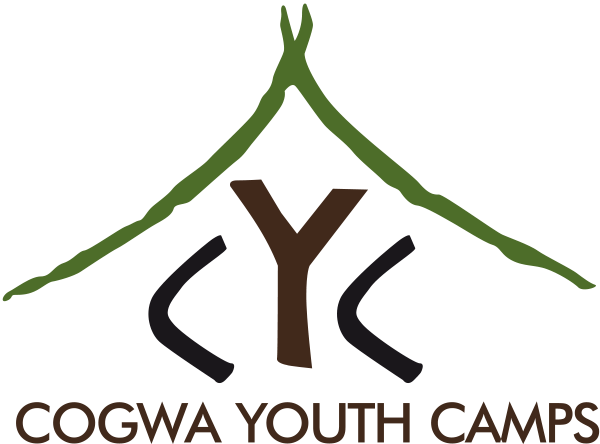Moving Through the Pain: Dealing With Relationship Injuries
Written by Becky Bennett
 It started out with such a very small injury. But a few months later the pain had become chronic and my range of motion greatly reduced! What I learned about treating this injury has made me think a lot about how we deal with relationship injuries.
It started out with such a very small injury. But a few months later the pain had become chronic and my range of motion greatly reduced! What I learned about treating this injury has made me think a lot about how we deal with relationship injuries.
“Frozen shoulder?” I had never heard of it before! It sounded like the punch line of some bad joke, but it was coming from the mouth of an orthopedic surgeon. And it was my diagnosis. The doctor explained that it’s a condition in which the shoulder capsule (the connective tissue around the shoulder joint) becomes stiff and inflamed, causing pain and restricting movement.
My doctor explained that often frozen shoulder begins with an injury to the shoulder—sometimes just a minor one. The natural reaction to “baby” the hurt area and not move it as much can cause scar tissue to develop that makes it even more difficult to move. A vicious cycle—in which pain and lack of movement lead to even greater pain, lack of movement and restricted range of motion—can begin.
I recalled an incident about four months earlier when in dressing I had attempted to put my arm through a blouse sleeve that was partially outside in. The sudden impact of my hand against the fabric had caused unexpected pain in my shoulder and arm. I hadn’t given it much thought at the time, but I vaguely remembered not wanting to move my arm much that day.
Some soft-tissue injuries—especially muscle injuries—require R.I.C.E. That’s the acronym for the standard treatment protocol: Rest, Ice, Compression and Elevation. But a number of professionals feel that injuries to connective tissue, such as tendons and ligaments, respond better to an alternative protocol: M.E.A.T. (Movement, Exercise, Analgesics and Treatments).
The treatment I was prescribed was M.E.A.T. Much as it might hurt to move my arm above my head, behind my back and out in front of me, move was what I needed to do! I was given lots of exercises. I was given some pain medication, and I received the professional help of a physical therapist.
He worked with and stretched my shoulder joint way beyond what I could do on my own. And he taught me new exercises and checked that I was doing my assigned exercises correctly.
The wrong response to hurt
Sometimes I wonder if our relationships can be like my frozen shoulder. Hurts to relationships come our way many times in life. Emotional injuries come in all shapes and sizes. They can be caused by a thoughtless comment by a friend, a misunderstanding of our motives, a betrayal of a confidence.
A lot of times we throw off the pain and move on—the injury causing little or no lasting damage. But then there are the occasions when the pain seems to last a bit longer. We think about the hurt and dwell on it a bit more than usual. And we withdraw from the person who hurt us. Sometimes we withdraw not just from that person but from other relationships.
The more we dwell on the offense, the bigger it can become to us. Yet we don’t necessarily want to confront the one who hurt us. They should know what they did, we reason.
Keep moving through the pain
Often, it seems like our natural course of treatment is R.I.C.E.—rest (withdrawing from the relationship), ice (cooling of friendships), compression (staying in our “safe” little group) and elevation (putting self first).
But perhaps it might be helpful to consider what the M.E.A.T. protocol might be able to do in terms of injuries to relationships—our emotional connective tissue.
Movement. Instead of withdrawing, we need to reach out to others. This can include talking to the person who hurt us, following the principles of Matthew 18:15-17. Isolation makes us focus on ourselves and our injury when what we need to do is focus on others and their needs. Keeping moving—even if it’s a bit slower—helps us not to get cold and stiff.
Exercise. As well, we need to repeatedly practice correct behavior. In my treatment for frozen shoulder I had to do a lot of exercises—many repetitions of many different exercises. Each time I had to stretch a bit farther. It was challenging and exhausting! But surprisingly, I found that exercise of the injured area was actually a great pain reliever. The same is true for relationship injuries. When we’ve been injured is when we need others the most.
Analgesics. God and His Word are the ultimate source of pain relief. When we turn to God in prayer to seek forgiveness for our own sins and help in forgiving others, we can receive the most important healing that is needed for our relationship injuries.
Treatments. Ministers of God’s Church can serve in this role. They can provide individual, one-on-one counseling, and they can provide group therapy in the form of sermons in Sabbath services.
My recovery from frozen shoulder was a long process. It was many months before my range of motion was fully restored. I wished I could have avoided the injury to begin with! It is astonishing how quickly an injury can take place. Equally astonishing is how long recovery can take. But with God’s help, along with these “meaty” principles, recovery can be certain.
 Becky Bennett lives near Cincinnati, Ohio, with her husband, Mike, and their two daughters.
Becky Bennett lives near Cincinnati, Ohio, with her husband, Mike, and their two daughters.
For more about strengthening and healing relationships, see:








